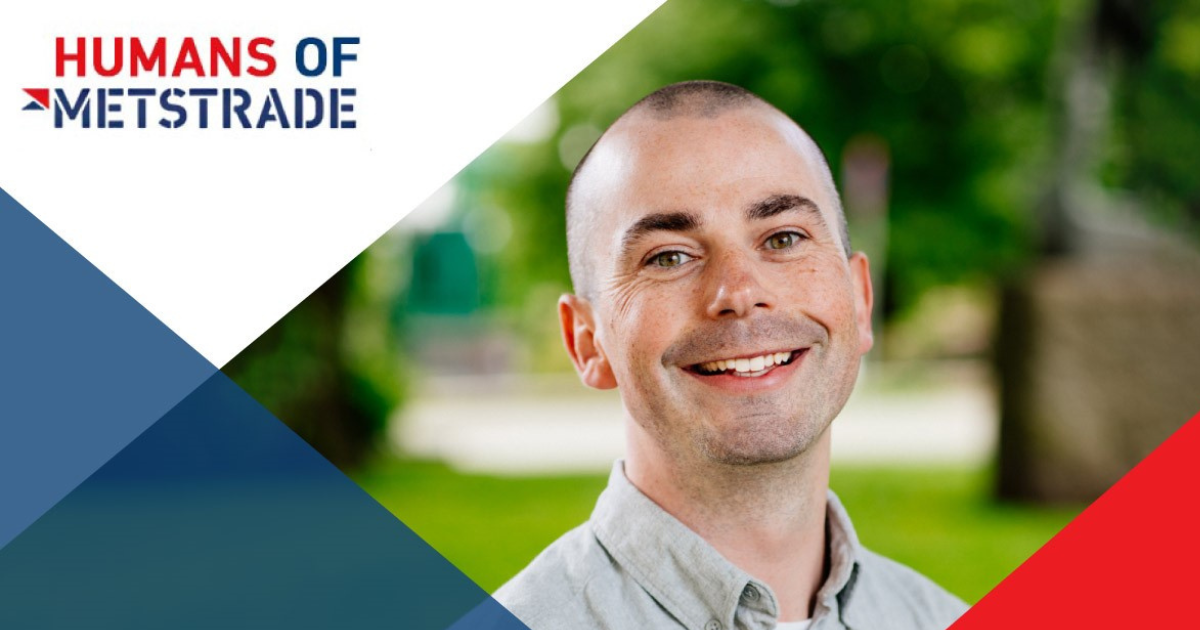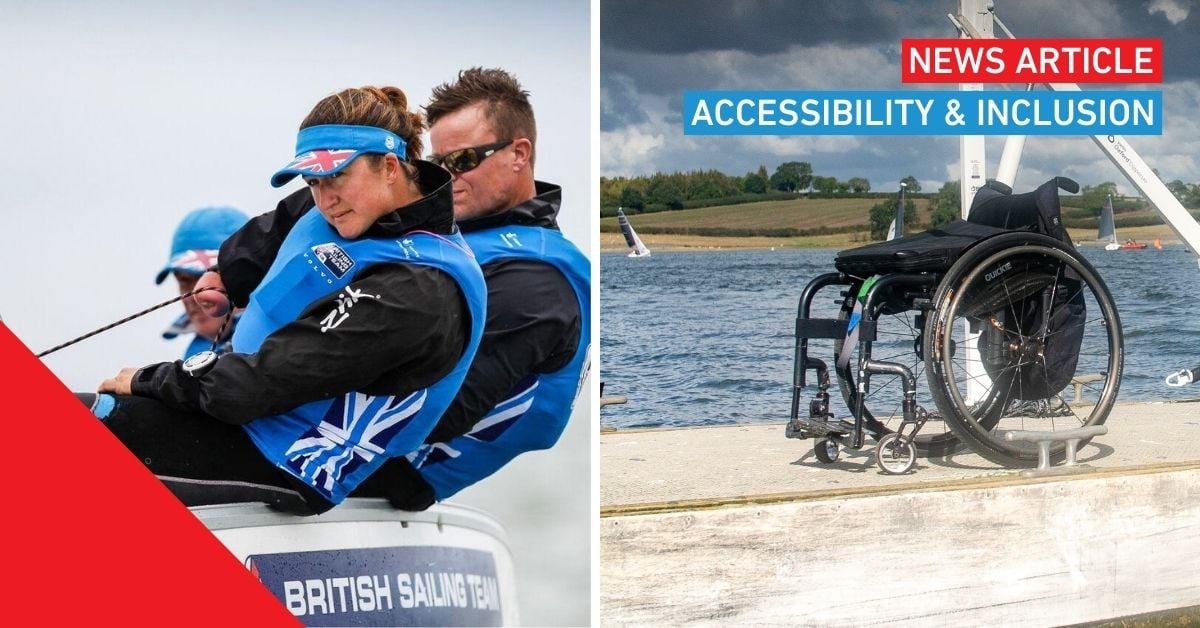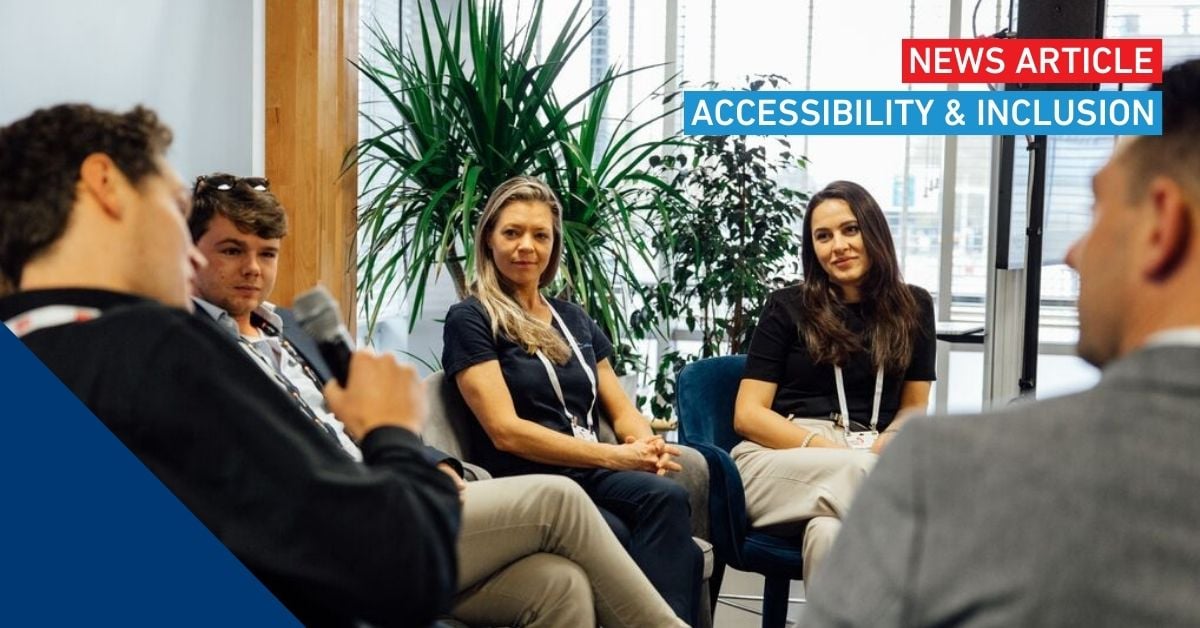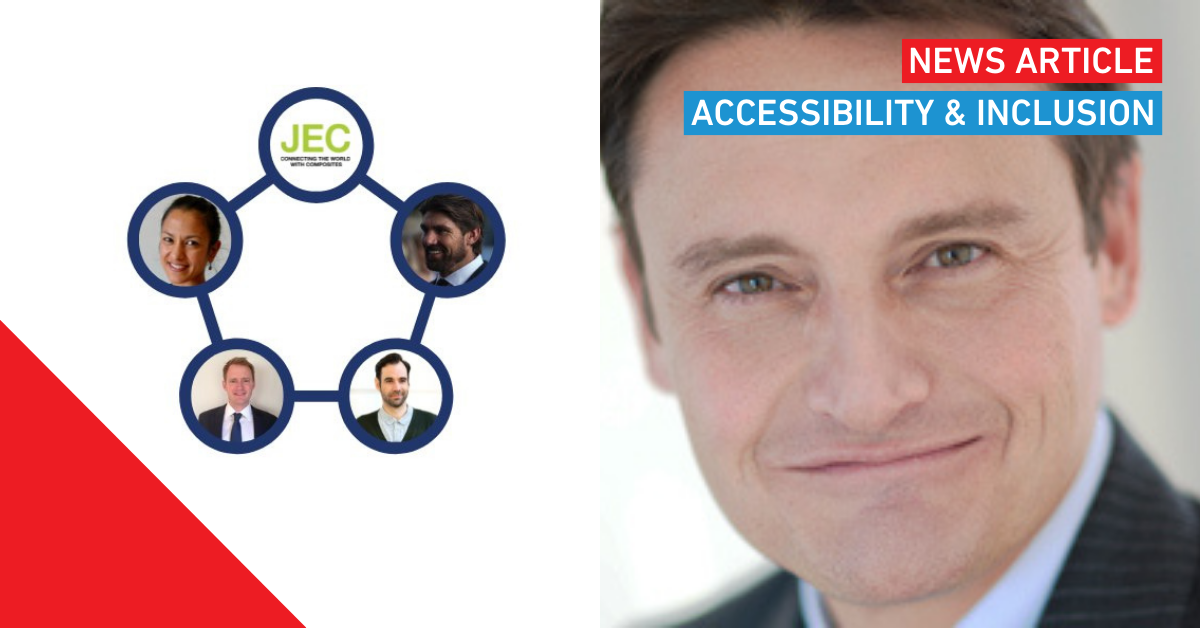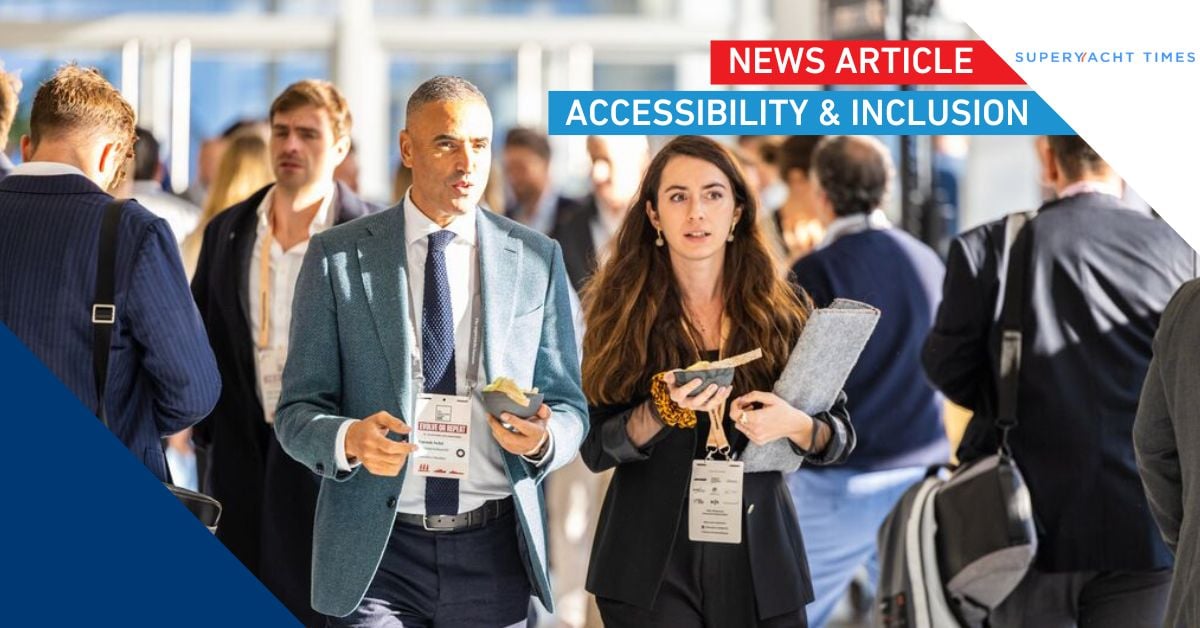Humans of METSTRADE with Rory Coase
We talk to Rory Coase, founder of Norwegian yacht design and naval architecture company Coase Design, about boat design trends and creating his company during the pandemic.
What attracted you to working in the marine industry?
I grew up in the English countryside without a family background in marine. Despite that disconnection with the sea, I developed an obsession as a child with ship design – first, ocean liners and then all kinds of passenger vessels and superyachts. The more I learned about the industry, the more I saw the opportunity. I made a career of it through luck, dogged determination and putting myself forward.
It was challenging to find out what I needed to do at first. When I went to my careers advisor at school and said, ‘I want to design ships’, she returned a week later with a poorly photocopied page from a 1970s careers manual describing what a naval architect was. That was the only information I had. Later, my older sister was attending UK university open days to plan her further education and spotted a prospectus for the Ship Science Naval Architecture Degree at Southampton – that seemed right for me, and I went on to study there.
Once qualified, I travelled a bit, found my way around and took a job working with BAE Systems as a contractor at the naval base in Portsmouth. It was a big and busy office with 200 design engineers and offered a good baptism of fire to understand how a big project functions. Life then took me to Norway; I became an in-house naval architect and designer with boat builder Viknes on Askøy, just outside Bergen.
I then took a role with the in-house design team at Sunseeker International in the UK, but a year later, I missed Norway too much and returned to Viknes. By then, I had a good bit of experience behind me, from big shipyards and superyachts down to smaller boats.
Tell us about your business?
My job at Viknes was good, but in travelling around boat shows and trade fairs, I could see so much going on. I wanted to get involved with a more varied slice of that action.
I handed in my notice a month before the lockdown commenced. It initially felt like I’d made a mistake in giving up employment stability during the pandemic, and I was slightly terrified. However, I decided to plough through with it, and Coase Design launched in May 2020. I soon found a lot of demand, to the extent that I added a team of regular collaborating freelancers to increase capability. It’s been a great way to expand while the company is finding its feet.
We are a small design consultancy that can either create a whole naval architecture and design package for a boat or work to support more prominent established brands with specific areas of design and one-off customer changes. Sunseeker and Viknes both use Coase Design as a supplier now, and we work closely with their in-house teams. We also have commercial marine projects.
Coase Design offers a broad range of services. My skillset and experience mean I am often involved in aesthetics, styling and intelligent design to improve the efficiency of any space on the boat or ship. I’ve also got the underpinning engineering understanding – I don’t just draw a pretty picture that will never come to life but find a balance between improvement and what is possible. I always say to my clients – ‘make every cubic millimetre count.’
What interesting trends do you see in the industry?
I’ve been in business for two and a half years, and during that short time, I’ve noticed a distinct change in the urgency and willingness of customers and clients to look at zero-emission drive solutions for their vessels from day one. It’s not something that people need to be persuaded about now.
There’s a lot of talk about greenwashing regarding the validity of electric propulsion, given that the energy source may still be carbon-based. I don’t believe it’s entirely the responsibility of the yacht industry to make the electricity generated around the world sustainable – that requires effort at the national grid level of every country. However, if we can remove emissions at the end use point on the water, then we should do that.
Alongside propulsion package changes, there’s a push for more efficient high-speed hulls such as Surface Effect Ships – air-cushioned catamarans. We have contributed interior and exterior styling and visuals to a 40-knot zero-emission ferry designed by Espeland and Skomedal Naval Architects based on one of these hulls. Alternately, some clients I am speaking to are now happy to improve energy efficiency by going slower, an easier way of making electronic propulsion more viable.
Another means of driving energy efficiency is to make the boats smaller. If you use intelligent spatial design to create in a 40-footer what once required a 50ft hull to achieve, it’s a win-win in many areas, from total lifecycle costs to environmental impacts.
There’s a trend, too, for more modularity and versatility within the spaces aboard a boat. Boats typically live much longer than current design tastes, and it is more sustainable to create something easily reconfigurable in the future. I’ve had a couple of clients in the last 12 months who want the vessel to be almost a blank canvas that flexibly adapts to various use cases. We’ve also had clients who wish to have individual boats with loose furniture to provide for easily changed interiors.
What is the importance of METSTRADE to your business?
The entire industry gathers in Amsterdam, and you can catch up with clients, suppliers and collaborators all in one place. It’s also a sociable time with the opportunity to meet friends and catch up on the news with past contacts. METSTRADE gives you a sense of how rich the industry is in terms of people and activity – it is motivational having all that activity around you.
I like to get a finger on the pulse of what’s happening in the industry. You can do a certain amount of research online and via LinkedIn. Still, it is valuable to physically view and touch samples of products and gain a closer understanding of suppliers in a way that only happens face-to-face.
Another benefit is the proximity of many superyacht manufacturers, builders and designers to METSTRADE. My network is now increasing in that area just by being on-site. While in Amsterdam, you can hop on a train and be in their offices quickly.
How do you plan a typical METSTRADE visit?
I’m not the best planner for a METSTRADE visit – you could arrive with no plan at all and still have a valuable visit. However, I reach out to my existing network a few months before to get some meetings scheduled. I feel like you always need the three days there – I spend at least half a day walking the floor to see what is happening in the industry.
I also post on LinkedIn to say I will be there – I’ve met a couple of great new contacts that way.
Which METSTRADE areas and activities do you most look forward to?
The DAME Awards exhibition is somewhere I always include in my day. It provides a curated view of the latest launches, which can be helpful as you can get a bit overloaded looking at so many products in the main halls. My METSTRADE visit also includes a walk through the Norway section. Travelling to Amsterdam to connect with what is happening at home might seem weird, but it’s worthwhile because so many people gather in one place.
I like to attend the KNVTS maritime technology association event and dinner. They’ve welcomed me with open arms, and the evening is always good fun. This year the topic was The Future of Superyacht Design.
Share your stories on leisure marine industry with us
Do you have an innovation, research results or an other interesting topic you would like to share with the leisure marine equipment industry? The METSTRADE website and social media channels are a great platform to showcase your stories! Let us know via metstrade@rai.nl
Are you a METSTRADE exhibitor?
Make sure you add your latest press releases to your Company Profile in the Exhibitor Portal for free exposure.

